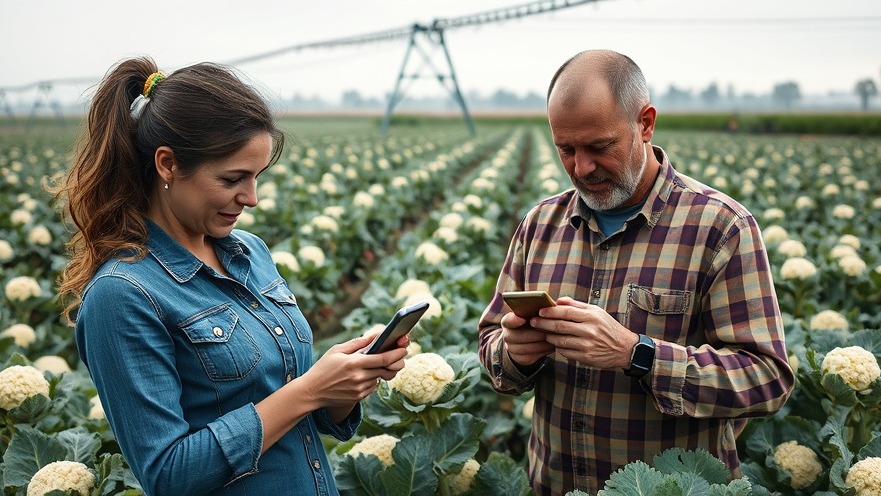
Vertical Farming: A Beacon of Hope in a Challenging Field
The rise of vertical farming has brought a fresh perspective to sustainable agriculture, even amid reports of struggling companies. Innovative ventures are springing from the ashes of failure, proving that the quest for sustainable food production is not only necessary but feasible. With concerns over climate change and water scarcity, interest in vertical farming continues to flourish.
Challenges Facing Vertical Farming Ventures
While the advantages of vertical farming are compelling—such as reducing food transport emissions and growing pesticide-free produce—these operations are not without significant challenges. Start-up costs and energy expenses can overwhelm even the most promising ventures. For example, many once-touted vertical farming companies, like Aerofarms and Plenty, faced bankruptcy due to the high operating costs associated with maintaining a controlled agricultural environment.
Lessons from Failure: What Went Wrong?
High-profile setbacks serve as cautionary tales. Sensei Ag, significantly backed by Oracle co-founder Larry Ellison, stumbled due to poor site selection on his Hawaiian island, which faced logistical issues and natural setbacks that hampered progress. The lack of reliable wireless connectivity severely disrupted operations, showcasing that where these farms are located can dictate their potential success.
Resilience and Innovation: Success Stories
Despite these hurdles, some businesses flourish. For instance, Vertical Harvest has adapted its model to thrive in Jackson, Wyoming, by prioritizing local produce and community engagement. The demand for freshly harvested, nutrient-rich crops continues to drive interest in vertical farming, suggesting that, with the right approach, sustainable agriculture can prosper.
Connecting Vertical Farming with Hospitality
For boutique hospitality professionals—such as eco-lodge operators and Airbnb hosts—vertical farming presents unique opportunities. Incorporating locally sourced ingredients into menus fosters a strong connection to the community and exemplifies corporate sustainability principles. Imagine serving guests meals crafted from greens just harvested from a nearby vertical farm. This not only reduces carbon footprints associated with food but also enhances guest experiences by emphasizing fresh and sustainable sourcing.
Future Trends: The Path Forward for Vertical Farming
Looking ahead, the potential for vertical farming remains robust. As technological innovations improve energy efficiency and reduce costs, more entrepreneurs may find a sustainable pathway to success. Additionally, the integration of off-grid solar solutions will help reduce reliance on fossil fuels, promoting greener practices within vertical farming operations.
Taking Action: How to Get Involved
As consumers, investors, and entrepreneurs show heightened interest in sustainability, vertical farming will only become more critical. If you’re in the hospitality industry, consider how integrating local, vertical-farmed produce into your business can enhance both your environmental impact and your business's appeal.
Conclusion: The Promise of Sustainable Innovation
Vertical farming illustrates how persistence and innovation can steer a burgeoning industry away from failure towards success. By embracing these approaches and committing to sustainable practices, we can reshape the future of food production, especially within the hospitality sector. Engage with your community, promote sustainable practices, and be a part of this ecological revolution!
 Add Row
Add Row  Add
Add 




Write A Comment